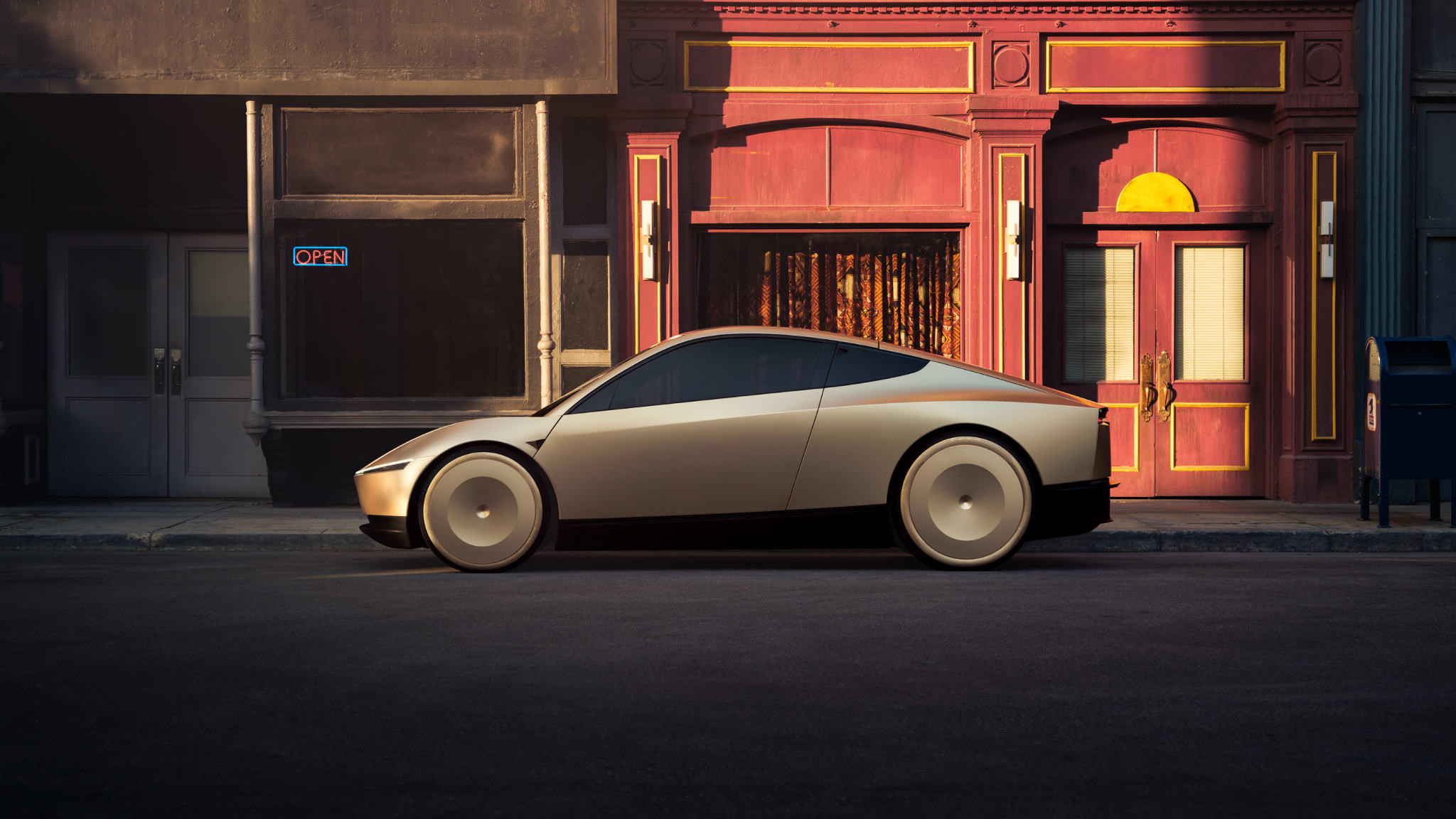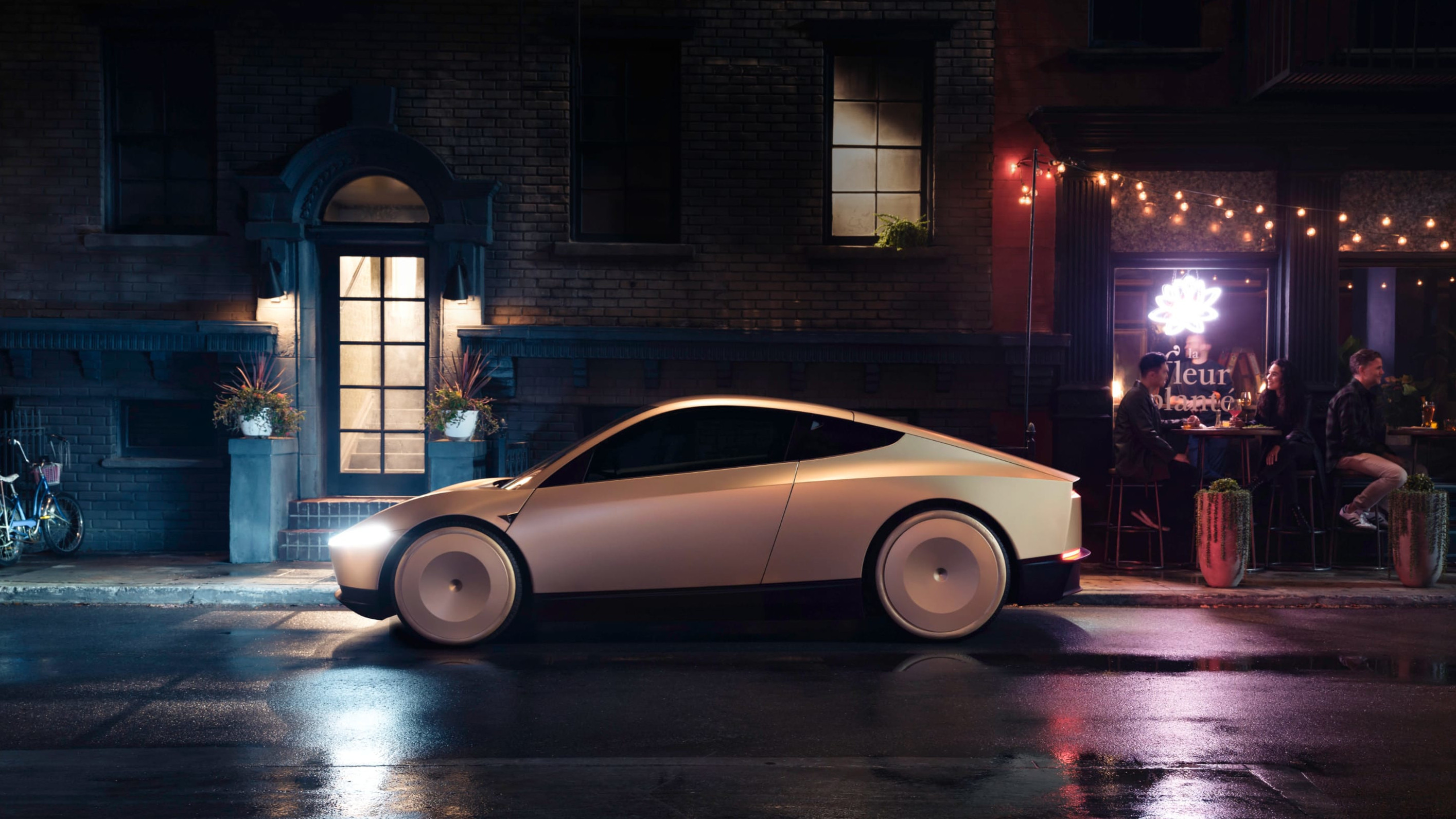
What do you imagine a driverless electric taxicab would look like? With no need for a driver and an underfloor drivetrain, minimal requirements for drag-cheating aerodynamics, the available space can be maximised for passengers, luggage and accessibility for important things like wheelchairs and pushchairs. Seats need not even face forwards, creating the ultimate room on wheels.
Look up practically every conceptual vision from the past two or three decades and this is what you get. Even legendary cinematic futurist Syd Mead, along with production designer Tom Southwell, recognised as much when they created the (non-autonomous) Metrokab for Ridley Scott’s 1982 Blade Runner.
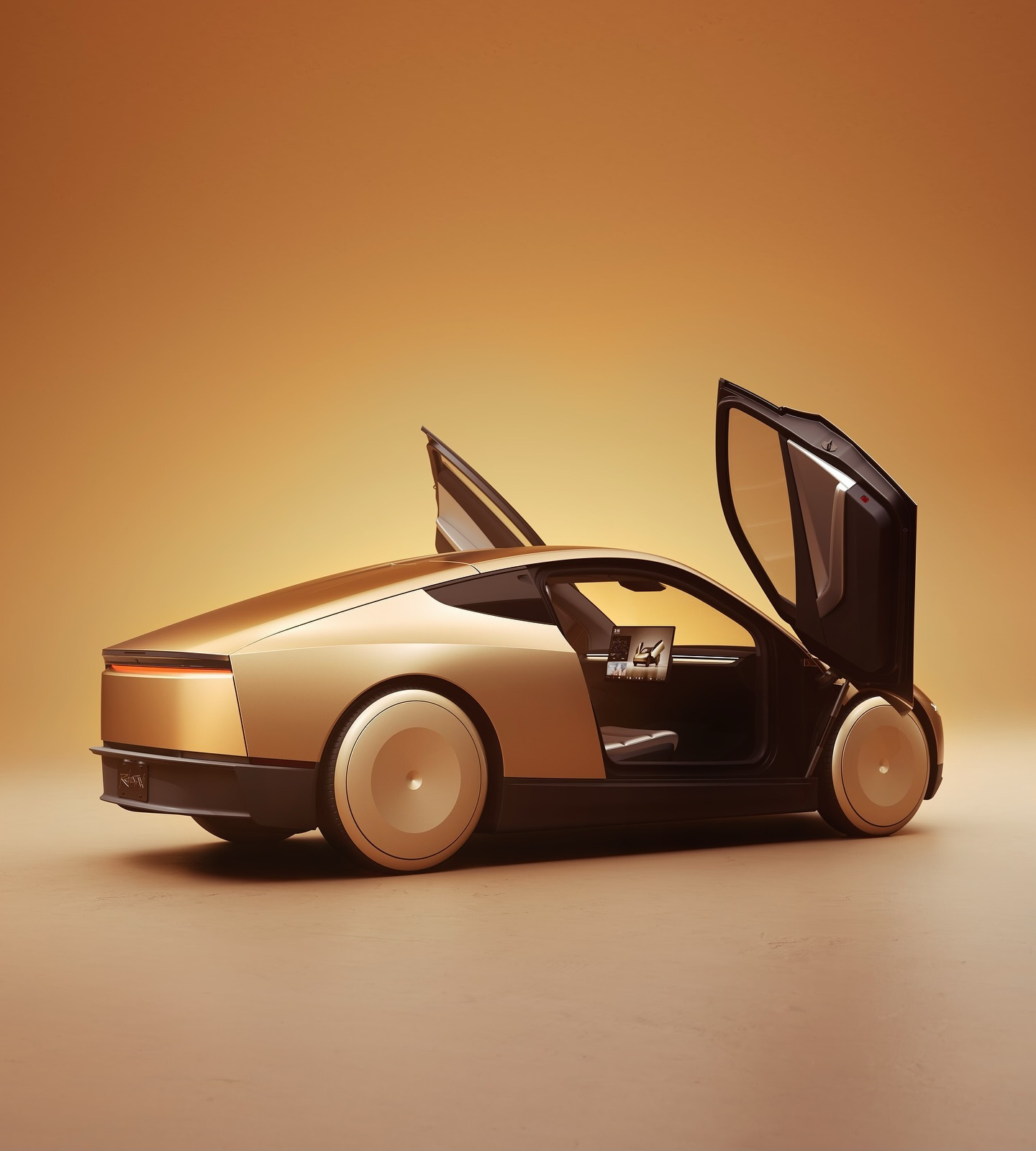
A design so apparently at odds with what urban transit needs, Robotaxi inadvertently caused Tesla’s share prices to dip
This is the Robotaxi, the latest venture – or provocation – from Californian disruptor Tesla, the edgelord of technological innovation, part of its new era of tech defined by the banner, ‘We, Robot’. Forget the practicalities and positives listed in the last paragraph, for Robotaxi is essentially a coupé version of the Cybertruck, a product that’s generated weapons-grade consumer polarity.
Revealed last week in Los Angeles (at a film studio, no less), Robotaxi has already resulted in countless kilobytes of online outrage and bafflement, as well as squeals of delight from loyal fanboys. A design so apparently at odds with what urban transit needs, Robotaxi inadvertently caused Tesla’s share prices to dip, thanks largely to the accompanying pronouncements – ready by 2027, costing around $30,000, complete with full Level 5 self-driving (FSD) – being so utterly out of line with (current) reality.
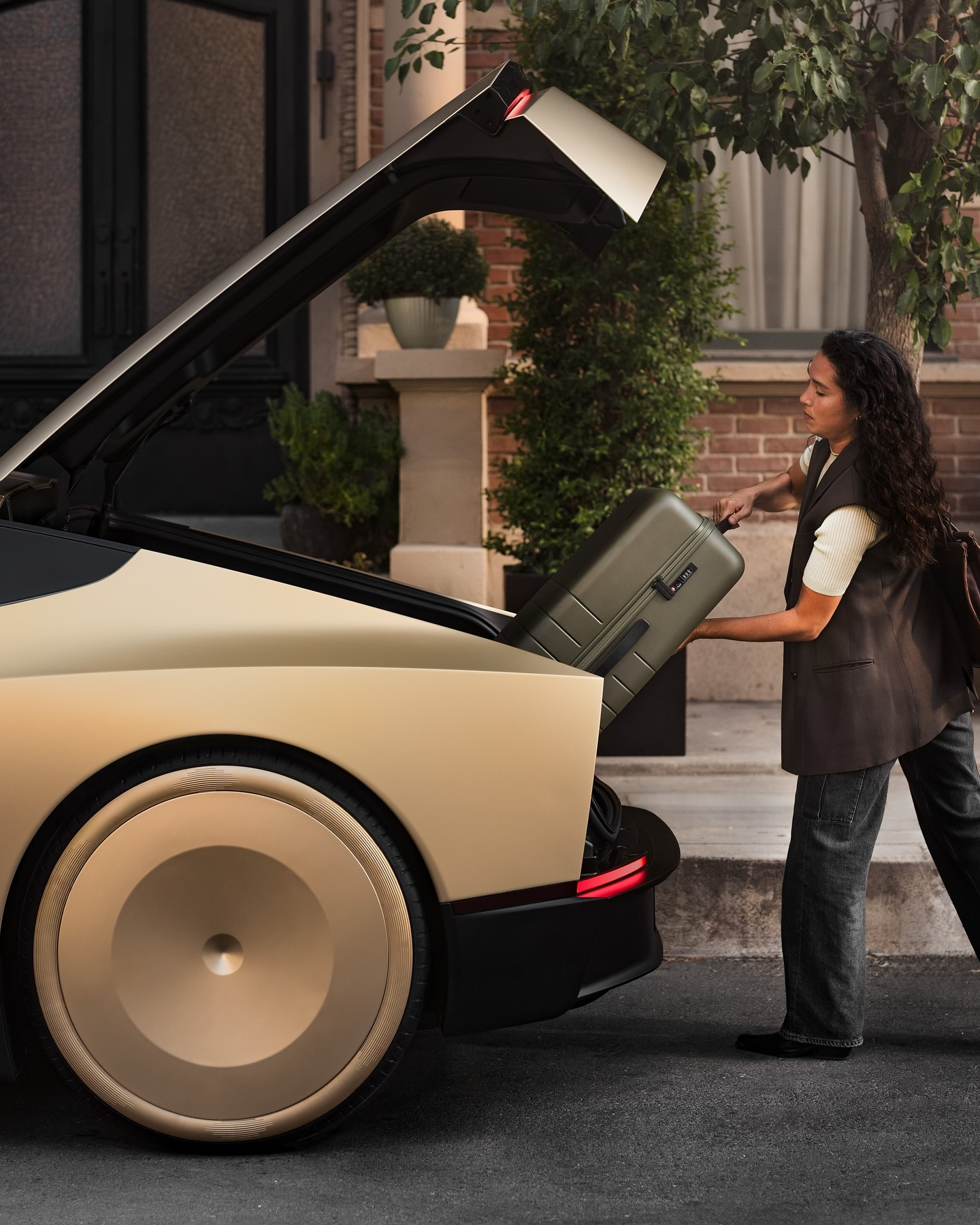
However, it has to be said that even though Elon Musk’s timelines are often skewed, what starts out as vehicular vapourware has eventually manifested itself – the Cybertruck, for example. So what should we make of Robocab and its even more vaporous twin, Robovan, and the silicon spectre at the feast of the future, the Tesla Bot? First up, the proposed cab is a steering-wheel-less two-seater, immediately doubling the number of vehicles the average urban centre might need. A cynical sales ploy?
The $30k price also points to the vehicle being something of a loss leader, an ongoing source of revenue for both the owner and Tesla (who would get a cut of any ‘fares’). Admittedly, Robotaxis won’t need as big a battery as a regular EV – the average Uber driver travels around 100 miles a day, so a Robotaxi could get away with using Tesla’s smallest battery size, the 57.5 kWh unit found in the basic Model 3, which might help curb costs.
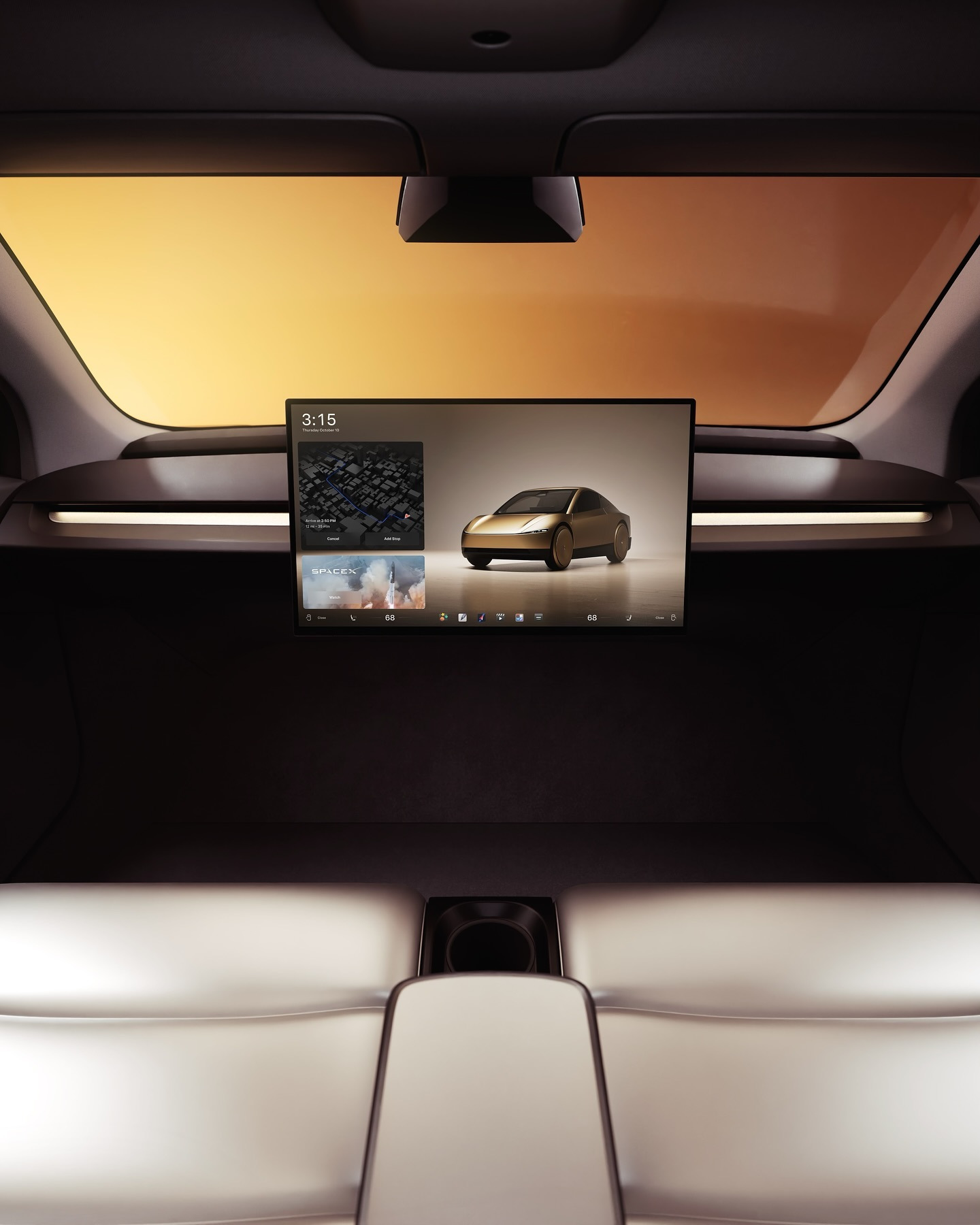
It's hard to be a cheerleader for innovation when the innovators don't appear to have anyone’s best interests at heart but their own. Musk combines the wide-eyed enthusiasm of a perennial optimist (he admitted as such with his attitude to timelines) with the steely gaze of the benevolent dictator, as if he and he alone knows what's good for the rest of us.
No one is denying the importance of the EV revolution that Tesla played such a substantial part in fomenting, or the fact that the entrepreneur employs thousands of some of the world’s most talented engineers and technologists.
However, the takeaway from Tesla’s robofest was not a positive one. Musk’s commentary during the launch – things like 'it’s going to be a glorious future' – elicited shivers, rather than cheers. ‘We, Robot’ makes on obvious nod to Asimov, but attempts to improve on it, just as Arthur C Clarke’s fictional HAL was deliberately one letter more advanced than IBM. And we know how HAL turned out.
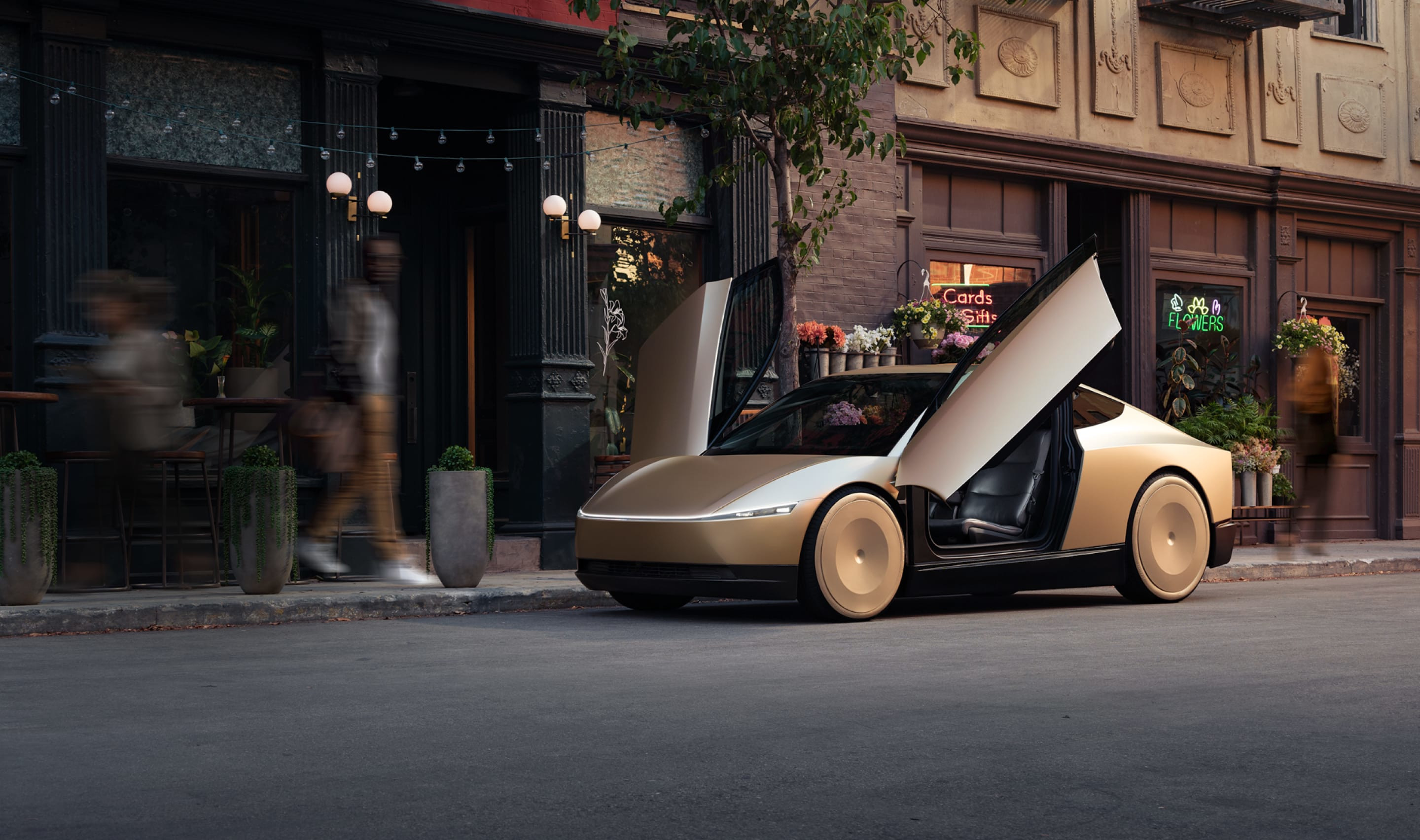
In any case, automated taxis are not a new concept. San Francisco is bristling with them, courtesy of Waymo, and there’s also the GM-backed Cruise and Deeproute.ai, as well as other proposed products like Verne. There are obvious and ongoing teething troubles, but ultimately they all share the goal of making cities more liveable and accessible.
Waymo uses adapted Jaguar iPACEs, Cruise dropped its pod-like Cruise Origin concept in favour of adapted 2025 Chevrolet Bolts, and Verne has a proprietary design that makes the most of its internal space. The sleek but aggressively styled Tesla Robotaxi speaks of a haughty individualism, an aloof libertarianism also embodied by the Cybertruck, not a warm, fuzzy, friendly device that’s looking out for everyone.
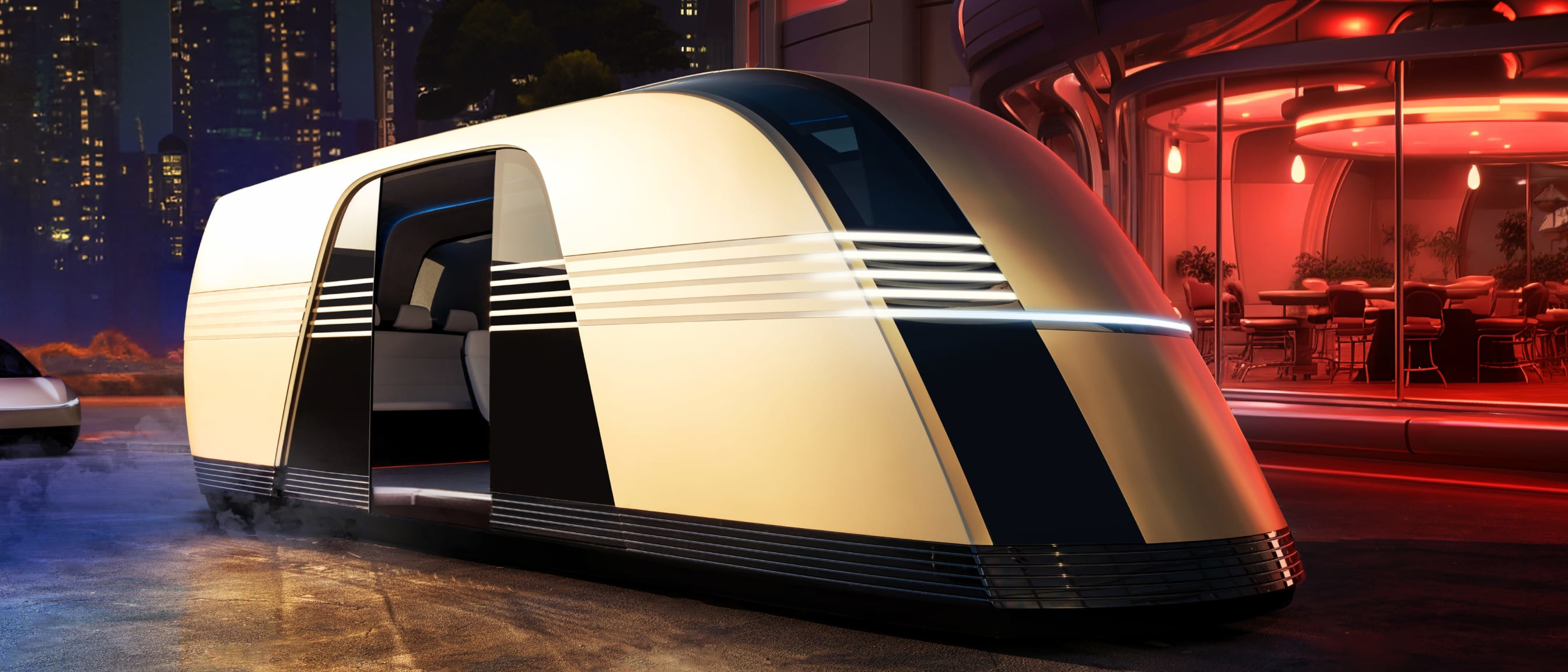
Of more interest to those who wish to actually improve the urban environment is the Cybervan, a proposed 20-seater autonomous transport capsule that could be configured like a regular bus, delivery vehicle, or mobile lounge.
Although short on technical specifics and long on Loewy-like deco streamlined anonymity, it’s not hard to imagine such a machine being made, especially if it were to operate in a relatively closed environment like an airport, university or large corporate campus. The idea of driverless pods dates back decades and robot buses are already in operation – French company Navya launched its Level 4-capable Autonom Shuttle Evo all the way back in 2020.
Ultimately, Elon Musk must believe that human-less autonomy is desirable in every sphere
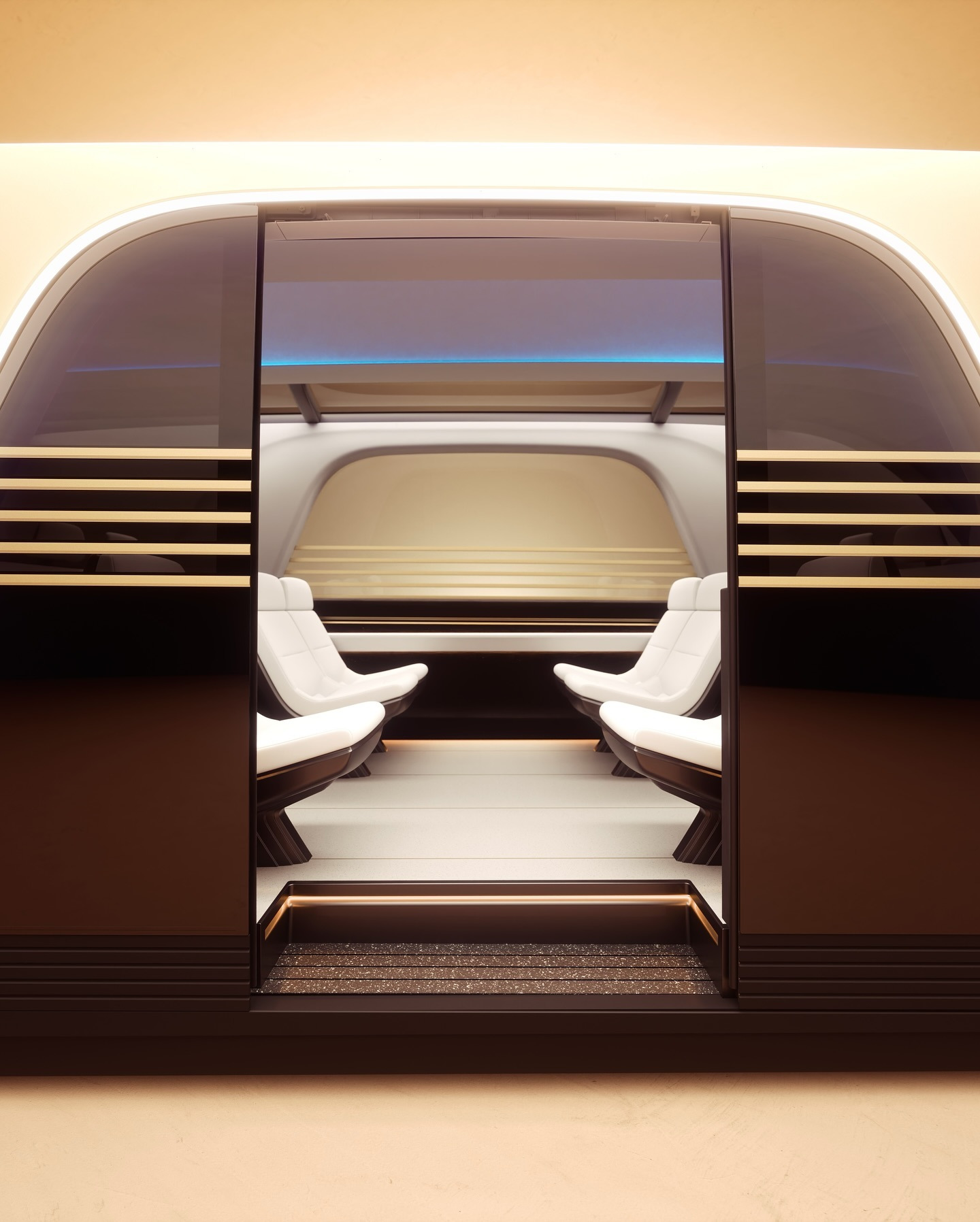
Much of the growing antipathy to Musk is down to the political company he keeps. It’s not unreasonable to join the dots between unsavoury ideologies and how such technologies might help to achieve them. On a superficial level, it’s all a bit of a joke; Musk seems happy to attract brickbats whilst boosting the world's supply of snark.
Ultimately, however, he must completely believe these things – that human-less autonomy is desirable in every sphere, that everyone desperately wants a home robot to help with the chores, that we all want to live on Mars. To hell with any unseen downsides.
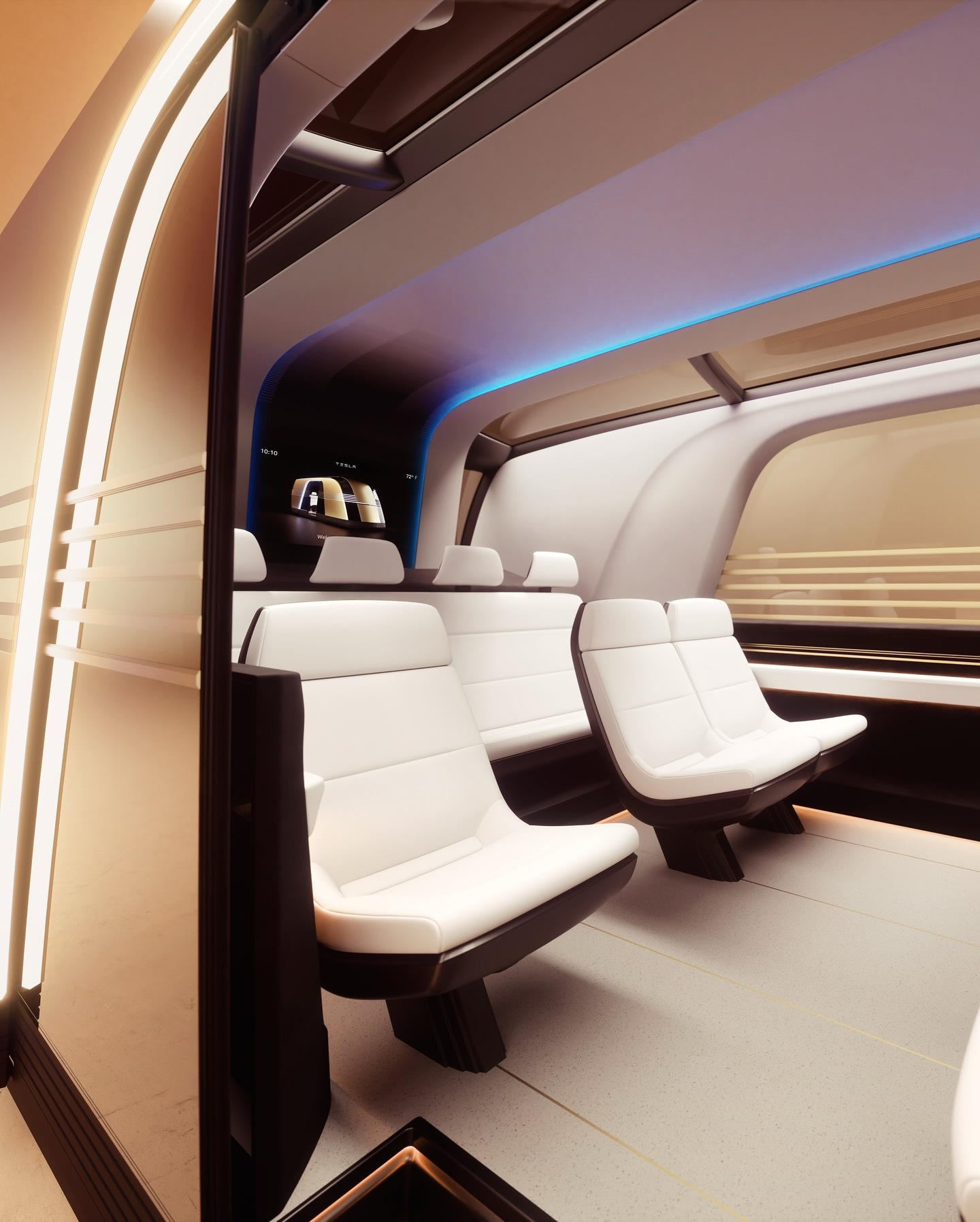
The other big reveal was the eerily anonymous jack-of-all-trades Tesla Bot. A solution in search of a problem, the robot feels like something created simply because Musk believes it ought to exist. Tesla's ambition to get into robotics – which Musk has said could be the ultimate goal of the company – is not a new one, nor is Tesla the only manufacturer and start-up exploring humanoid-like machines for a wide range of applications.
We recently looked at the work of Kind Humanoid and companies like Boston Dynamics have been both thrilling and terrifying YouTube viewers for years. While the latter recently announced it has partnered with Hyundai to develop its Atlas platform, the focus has remained on robots for industry and assistance, not butlers, nannies and companions. It's this domestic sphere where the hidden downsides lurk.
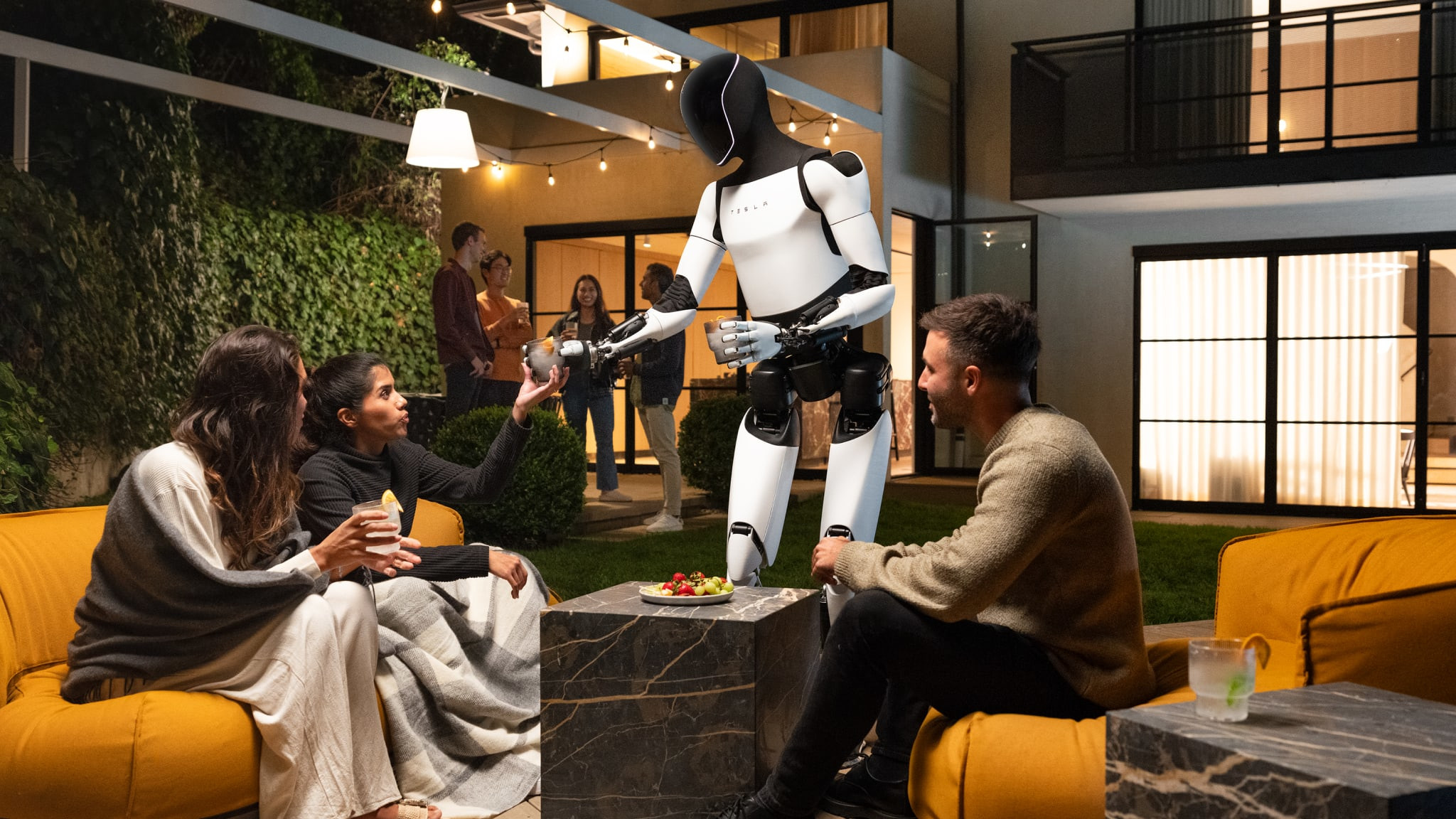
Nearly a quarter of the way through the 21st century, the only law we can be sure of is that of unintended consequences, thanks in large part to the tech industry's 'move fast and break things' ethos. The tech giants' ability to harness those consequences to the detriment of almost everyone but themselves is the one thing that truly unites them.
Musk’s sorry confluence of extreme wealth, unchecked narcissism, rampant self-belief and apparently earnest conviction that what’s good for his bottom line is of benefit to all humanity simply ratchets up the inescapable feeling of techno dystopia that currently permeates the world. Taxi!
